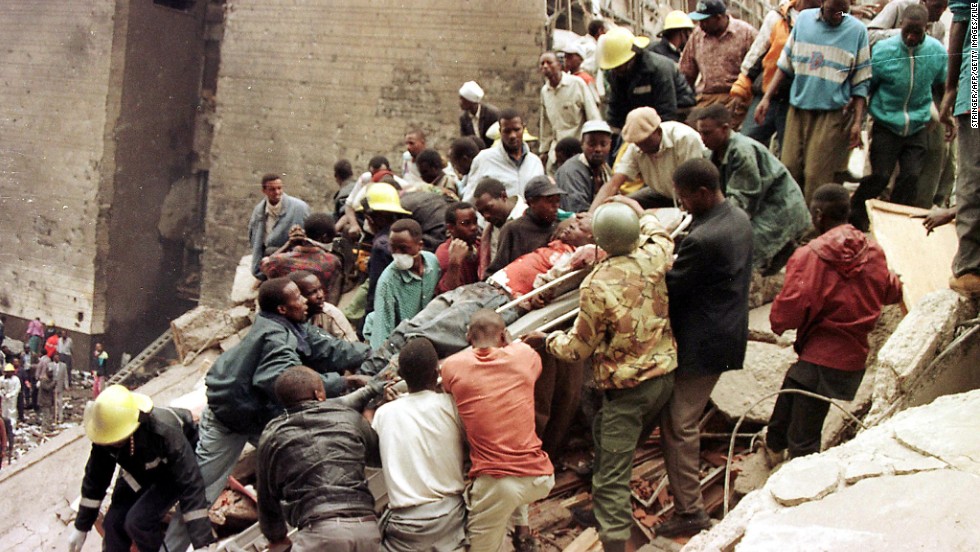Background:
On August 7, 1998, the US Embassy in Nairobi, Kenya, was the target of a devastating terrorist attack. The bombing resulted in hundreds of deaths and thousands of injuries, marking one of the deadliest terrorist attacks on a US Embassy to date. This tragic event exposed a critical gap in Kenya’s disaster response capabilities, highlighting the importance of readily available emergency rescue tools.
Identifying the Problem:
In the aftermath of the explosion, as highlighted in the video documentary (link: https://www.youtube.com/watch?v=CvNx2mzRoo0), it became evident that the rescue efforts were severely hampered due to a lack of essential rescue tools. Despite the heroic efforts of both professional responders and civilians, the lack of adequate resources significantly slowed the rescue operation, leading to an increased number of fatalities and severe injuries.
Underlying Issues:
Government bureaucracy, and specifically the failure to prioritize and invest in disaster response capabilities, was a key underlying issue. Despite living in a region prone to both man-made and natural disasters, the Kenyan government had not sufficiently prioritized the procurement and distribution of vital emergency rescue tools. This oversight was, in part, a product of bureaucratic delays, resource misallocation, and a lack of effective communication regarding the urgent need for these resources.
Impact:
The impact of this lack of preparedness was catastrophic. Many victims who might have been rescued with the right equipment were trapped under rubble for hours, if not days, exacerbating their injuries and, in some cases, resulting in unnecessary loss of life. The event highlighted the urgent need for adequate disaster response resources, not just in Kenya, but globally.
Recommendations:
This case underscores the critical importance of government agencies prioritizing and investing in emergency rescue tools and disaster response training. In addition, it serves as a stark reminder that effective disaster response requires clear communication, swift decision-making, and the ability to bypass bureaucratic hurdles when necessary.
This tragic event demonstrates the importance of collaboration between nations in sharing resources and expertise to enhance global disaster response capabilities. Through international collaboration and resource sharing, countries can better prepare for, and respond to, disasters when they occur.
Conclusion& Lessons Learned
The 1998 US Embassy Bomb Blast in Nairobi serves as a potent case study of the tragic consequences of bureaucratic inaction and the lack of disaster response preparedness. The lessons learned from this event should serve as a guide for governments worldwide to prioritize investment in emergency rescue tools and disaster response training to mitigate the impacts of future disasters.
Video

